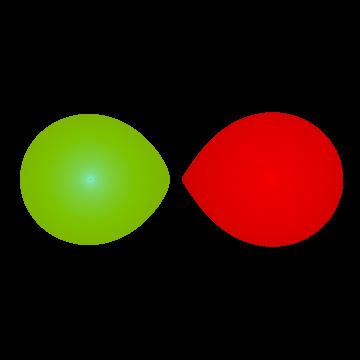Symbiotic binary stars are interacting binary stars composed of an evolved red giant and a hot companion star. Most symbiotics have orbital periods of a few years; some systems orbit over several decades. In all systems, the hot component - a main sequence star, a white dwarf, or a neutron star - accretes material lost by the red giant either via a wind or Roche-lobe overflow. This accreted material powers symbiotic activity, including occasional eruptions and jets.
Aside from writing the book on symbiotic stars (The Symbiotic Stars, published by Cambridge University Press), I study the physical structure and long-term evolution of these binary systems. I combine theoretical models with multiwavelength spectroscopy to infer the physical properties of the red giant, the hot component, and the disk surrounding the hot component.
I worked with
Jeno Sokoloski on the outbursts of Z And and RS Oph. In Z And,
we showed that
a disk instability triggers thermonculear eruptions in the hot component.
In RS Oph,
X-ray data from its recent outburst
allow us to infer that the hot component is a white dwarf with a mass
to the maximum allowed mass (Chandrasekhar limit).
Recently, Samantha Ball, Ben Bromley, and I looked for
new symbiotic binaries with Gaia spectra.
